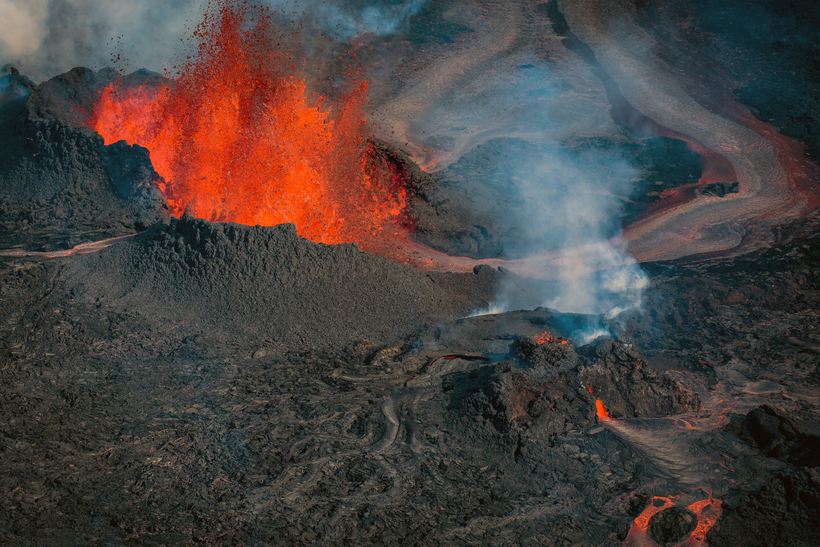Eruption of Bárðarbunga still possible
The Scientific Advisory Board of the Civil Protection has issued a new factsheet of their studies for Bárðarbunga and Holuhraun. They predict three possible scenarios: an ongoing eruption at Holuhraun which could last for months, the volcanic fissure lenghening and causing a jokulhlaup or a volcanic eruption in the Bárðarbunga caldera leading to a major jokulhlaup accompanied by ashfall. An eruption would cause a major jokulhlaup As released in the fact sheet, the volcanic eruption has now been going on for over four months, the lava flow is still great in Holuhraun and the rate of the subsidence of the Bardarbunga caldera is still significant.
A Bárðarbunga eruption would lead to a major jokulhlaup
Three scenarios are considered most likely: The eruption in Holuhraun continues until the subsidence of the Bárðarbunga caldera stops. The eruption can still go on for many months. the volcanic fissure may lengthen southwards under Dyngjujokull, resulting in a jokulhlaup and an ash-producing eruption. It is also possible that eruptive fissures could develop in another location under the glacier. If such an eruption would be prolonged it could eventually produce a lava flow. Volcanic eruption in the Bárðarbunga caldera. Such an eruption would melt large quantities of ice, leading to a major jokulhlaup, accompanied by ash fall. Other scenarios, according to The Scientific Advisory Board of Civil Protection, cannot be excluded.
Seismic activity somewhat weaker than in the first months
Insubstantial changes have been in the volcanic eruption in Holuhraun over the last few weeks. Seismic activity in Bárðarbunga continues to be strong. Over the last few weeks it has though been quite weaker than in the first months of the event. The strongest earthquake since the last meeting of the Advisory Board on last Friday was measured M4,8 on Sunday January 18th at 22:27. Another earthquake of magnitude M4,7 was detected this morning at 10:32. Sixteen earthquakes stronger than M4,0 were detected over the period and about 25 earthquakes between M3,0-4,0. In total around 230 earthquakes have been detected around the caldera since last Friday. Around 60 earthquakes were detected in the dyke during the same period, all of them smaller then M2,0. Around 15 earthquakes were detected in Tungnafellsjokull glacier since last Friday, all smaller than M2,5.
High values of sulphuric dioxide are still being recorded. Around 1800 micro g/m3 SO2 were recorded last Friday in Höfn in Hornafjordur and around 1750 g/m3 in Reykjahlid last Sunday.








